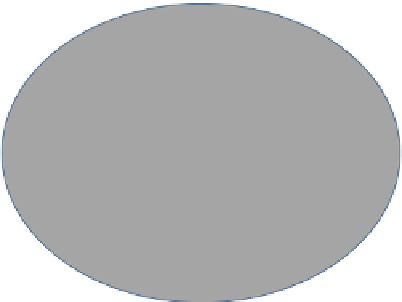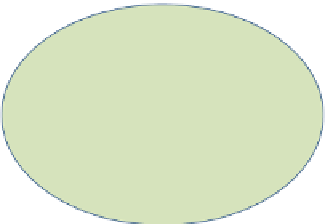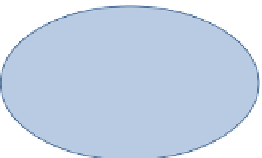Environmental Engineering Reference
In-Depth Information
cooling to compensate for the heat effect of the reactions taking place. The
selection of different processing functions and their suitability to actually
perform well are often supported by
heuristic rules
that capture practical expe-
rience and common sense. This knowledge (heuristics, data, experiences,
models) must be obtained from academic textbooks, handbooks, intellectual
property (IP) documents such as patents, and commercial information sources.
c.
Synthesis
When synthesizing the processing functions, a distinction must be made
between the order in which the functions are introduced in a design and the
sequence by which they appear in a process. The intention is to design the func-
tions in order of decreasing economic impact. Economic impact means the
value added to a process stream by a specific operation, not the investment cost
of the equipment. For example, converting 98% of the feed into product (change
of chemical energy) adds more value than increasing its pressure by a few
bars or raising the temperature by some 50 K. Figure 7.9 shows the approximate
order of the economic impact of process operations as well as the corresponding
sequence of design. This view is quite similar to the
“
onion diagram
”
for process
design in Smith (2005), where the design procedure is like
:
moving from the inside out! One begins with chemical conversions (reactors,
fuel cells) to form the target chemicals (or intermediate chemicals in a sequence
to arrive at the final chemical(s) for the product(s)). Then physical separations
and mechanical operations on gases (compression) and solids (cutting, milling)
follow. Finally, heating and cooling by thermal media are considered. With the
exception of (expensive) cryogenic cooling, this finds application as a part of
physical separation design.
“
reverse peeling
”
In approximate order of
economic value:
•
Chemical energy
Electrical energy
Mechanical energy
Thermal energy
Order of design
Chemical
conversion
Physical separations
Mechanical work
Heating/cooling
(excl. cryogenic)
FIGURE 7.9
Order of design of processing functions. (Source: Adapted from Smith (2005),
Figure 1.7.)















Search WWH ::

Custom Search